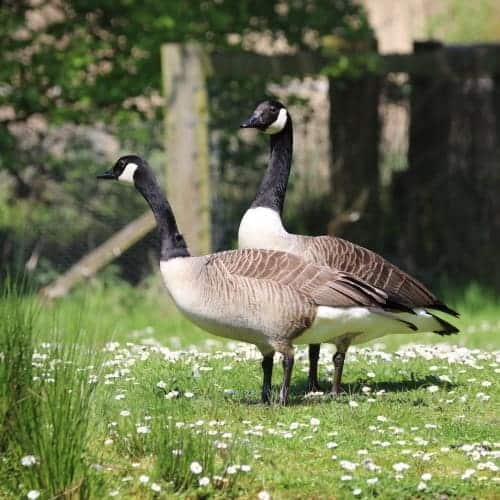Canada Goose

Branta canadensis
The complex of ‘white checked geese’ is probably the most discussed amongst the waterfowl when it comes to species and sub-species.
Prior to 2004, the Canada Goose was regarded as a single species, comprising a dozen or more subspecies, a few of which appear to have become extinct in the wild. The smallest of these was known as the Cackling Canada Goose, Branta canadensis minima.
More recently, based on DNA evidence, all the subspecies of Canada Geese have been reorganised into two distinct species, Branta canadensis (Canada Geese) and Branta hutchinsii (Cackling Geese), the latter are listed separately.
Canada Geese includes the subspecies canadensis, interior, maxima, moffitti, parvipes, fulva, and occidentalis.
Looking at the wild Canada Goose subspecies in general, they increase in size from north to south and overall darkness is darker in the west.
Ring Size
13-20mm
These sizes are only a guide, the range of subspecies sizes is large. Please read more about ringing here.
Feral populations are established in many British urban areas as well as parks and golf courses. Not everyone loves them! The identification of subspecies in Europe is hugely complicated by escapes and birds of mixed ancestry. The birds were introduced to the Royal Parks in the 17th Century
Pairs will generally stay together for life, but if one dies or they fail to reproduce, they will take another partner. The goose incubaties for 26-28 days and her gander will usually be close by on guard.
FURTHER READING
Ottenburghs, J., van Hooft, P., van Wieren, S.E. et al. 2006. Frontiers in Zoology. Hybridization in geese: a review.